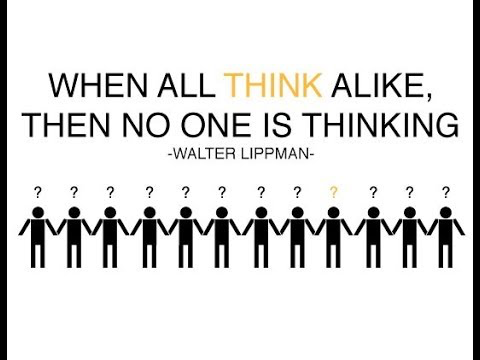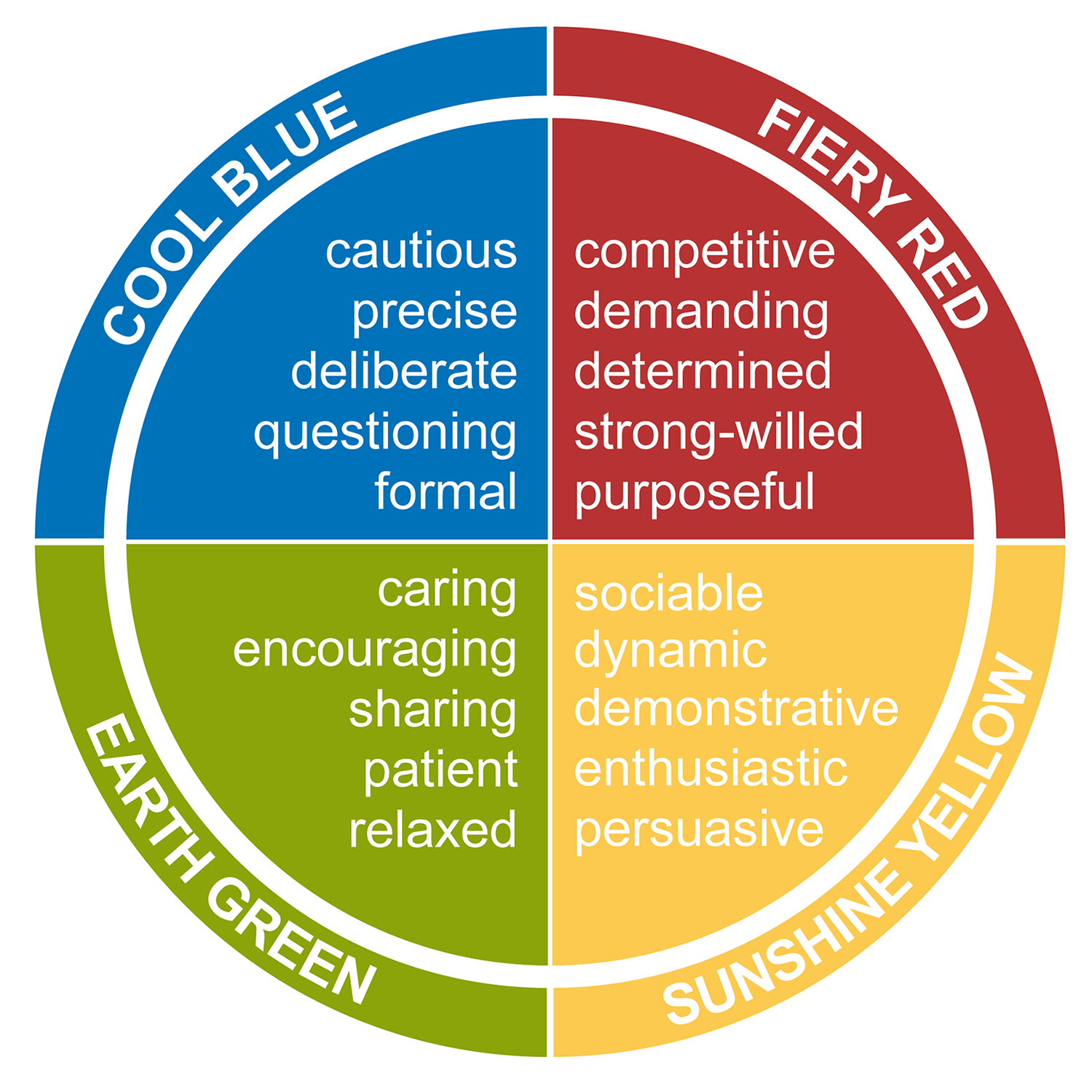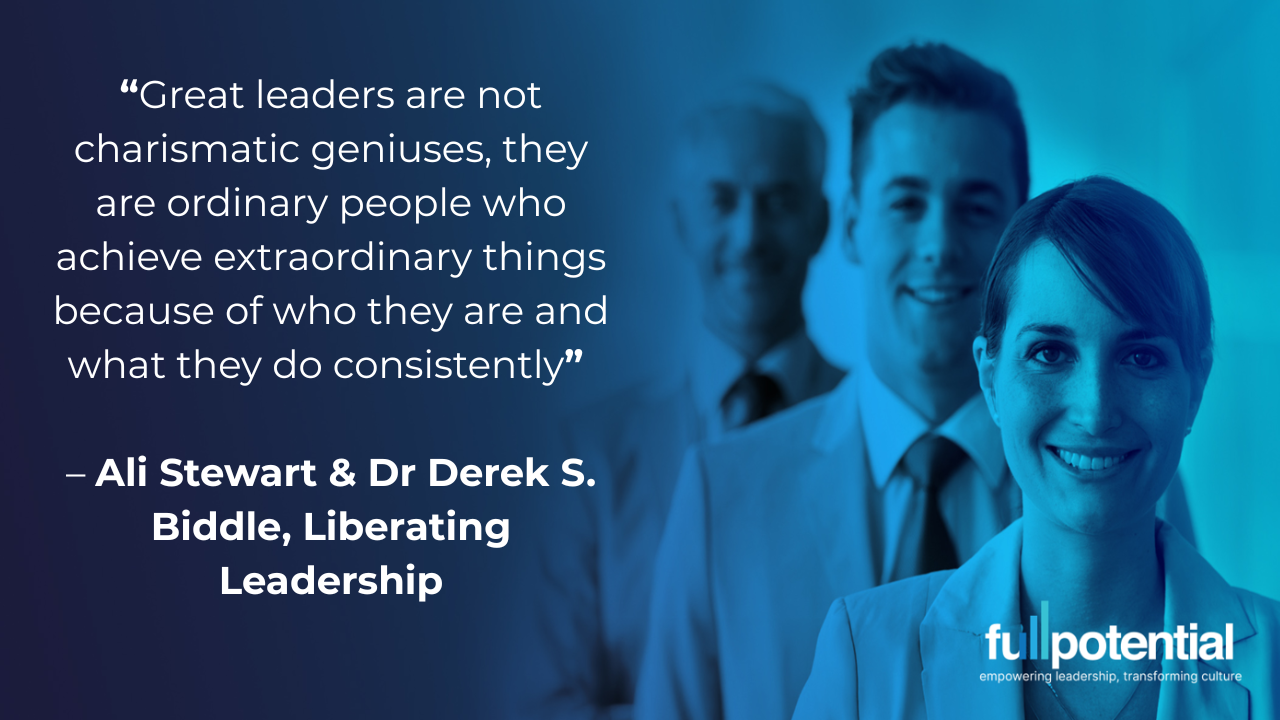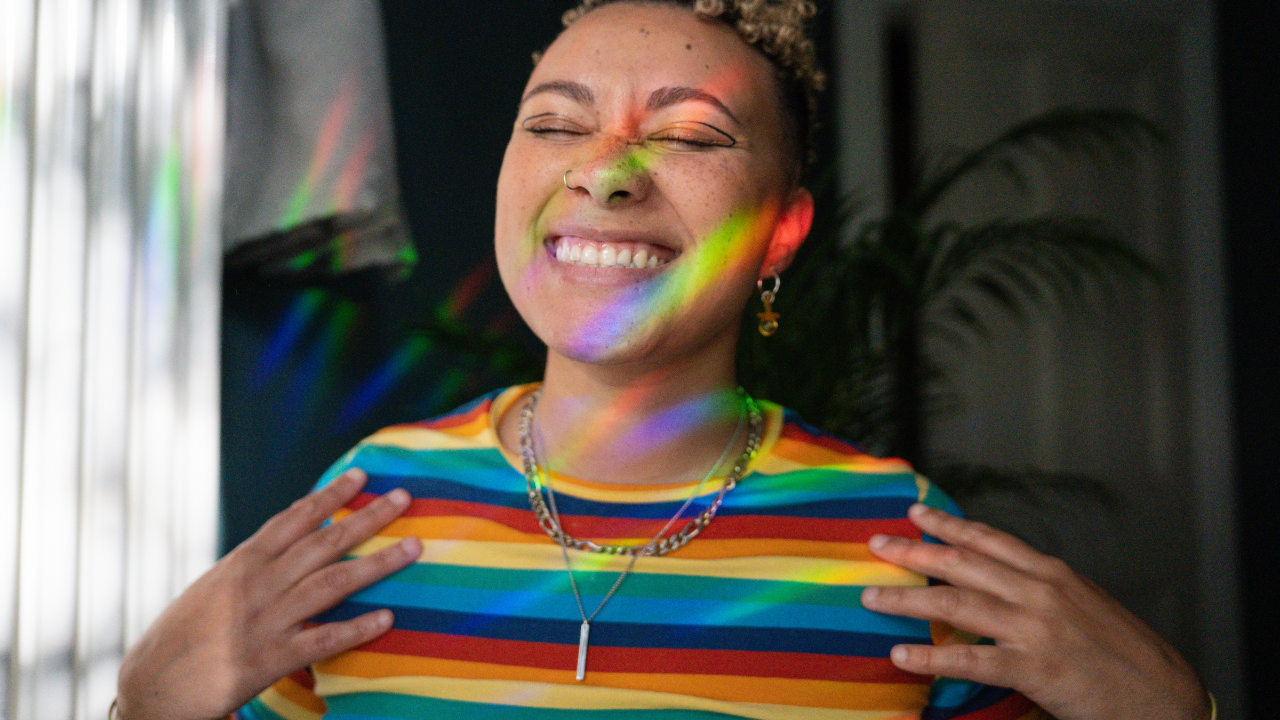The one thing that makes a team diverse

Your teams are the most powerful unit of performance in your organisation. In most teams there is scope to increase productivity and performance by at least 30%. This blog sparks your thinking around how to enhance your team’s diversity and, consequently, their productivity and innovation. Research demonstrates the correlation between a diverse team and its creativity and performance.
The one thing that will make your team diverse is diversity of thought. People who think differently can bring creative new perspectives to the team, which will consequently make the team more innovative. So how do you achieve diversity of thought? One way is recruiting people with different experiences and backgrounds, different cultures and ages. Another way is having people with different personalities and motivational drivers, as they will bring attention to distinct aspects and perspectives on a matter depending on what they value most.
In recent years, there has been an increasingly wider recognition of the benefits of recruiting people from a variety of backgrounds and including them in teams. Particularly, race, culture and beliefs are more accepted – although there is still huge progress to be made in this area. However, diversity in personality is often overlooked. Possibly because it’s hard to understand someone’s personality when you meet them at a job interview, where you need to look professional and demonstrate that you fit with the company’s culture. It’s difficult to assess someone’s personality from a box ticked on a form. Or maybe it’s exactly this organisational “cultural fit” which prevents diversity.
Many organisations state their values, behaviours and ways of working on the company website and ask candidates to remember and relate to those values when they are considered for a job post. This process is reasonable, as someone who identifies with the company’s values is more likely to be engaged and perform well. However, this approach can end up “imposing” a culture on employees, rather than employees being part of it, aligning their own preferences and motivators with those of the team or company. If the process were reversed, employees would feel more valued and would possibly believe more in the culture. What if the question was: what values can you bring to this team or organisation? What perspective can you offer that we don’t already have? In this way, you would have a diverse and open culture, directly represented by employees, as it derives from them rather than being cascaded from the board.
People’s values, behaviours and preferences are a reflection of their background, their beliefs and who they are. They will see things through the values they believe in, hence giving them a unique perspective. For example, if someone values other people’s wellbeing, they will see a review meeting as an opportunity to make sure the team is feeling nurtured and valued. Someone who is goal oriented and purposeful will focus more on the outcomes of a project and plans for the future. Others appreciate detail and structure, they will prefer formalities and data being shared in a meeting. Some may like the social part of the meeting, catching up and chatting to people, they will take the opportunity to socialise and connect with the team. It may be argued that some jobs require a specific education and particular knowledge, which may result in a lack of diversity if people who specialise in it come from similar backgrounds. In these cases, a way to achieve diversity is by having many personalities working together. People may come from similar training, but they will be inclined to approach problems in their unique way when they feel comfortable expressing their personality.
According to Insights Discovery, a tool to better understand yourself and others, everyone has a combination of energy preferences which makes up one’s individual personality. There are four energy preferences: cool blue, fiery red, earth green and sunshine yellow. These are associated to particular traits that people show more or less of. Someone with strong cool blue energy prefers details and structure. They tend to be formal, ask a lot of questions, appearing cautious and precise. Someone who displays fiery red traits likes communication to be brief and to the point. They tend to be competitive, determined and know what they want. A person with earth green colour energy prefers to know that others care. They are likely to be patient people, who enjoy sharing and encouraging others to do their best, they are the ones that make sure everyone is on board. Finally, sunshine yellow energy comes across as sociable traits. Someone with strong sunshine yellow colour preference is likely to be persuasive, dynamic and enthusiastic. They prefer to be the life and soul of the team, being involved and everyone’s friend. Everyone has a unique blend of these four colour energies in terms of intensity and preference, which means that some will have more sunshine yellow and earth green, others more fiery red or cool blue.
Every combination is possible, giving rise to a wide and diverse range of personalities depending on the percentage of each colour in relation to others and not only the order preference.
If you are interested in how Insights Discovery Personality Profile works, click here.
Although having a diverse team can increase creativity and innovation, it often comes with high levels of conflict too. In fact, different perspectives and personalities can clash when they offer opposing views. Discussions and arguments can be constructive if they are facilitated in a way that embraces tensions in a valuable light. Insights Discovery provides a positive and open language to communicate and dissolve conflict into constructive discussions.
Homogenous groups may have lower levels of conflicts, as people tend to have similar opinions. There are benefits in having a cohesive team working together, if they only need to follow a process. However, if a team is striving for new ideas and inventive products, diversity in thinking will make them significantly more competitive. 
As a leader, what can you do to accept the richness and variety in personalities? How can you make people feel comfortable and safe to express their opinion? Can you create a team and business culture that reflects the values of the people who work for it?
Please call us on +44 (0)1628 488990 if we can help you enhance your team’s creativity and performance.








